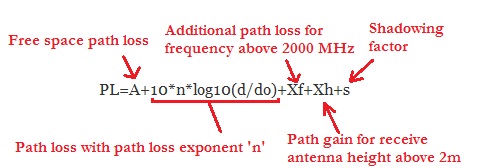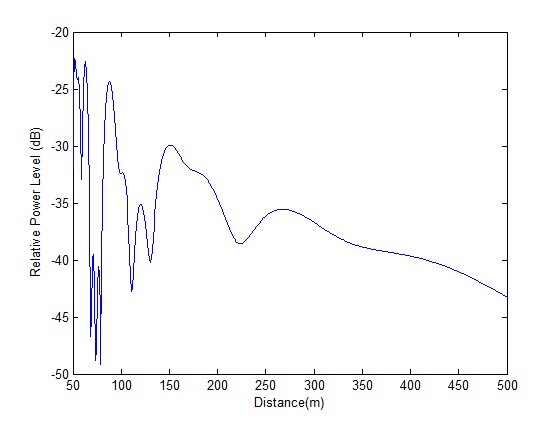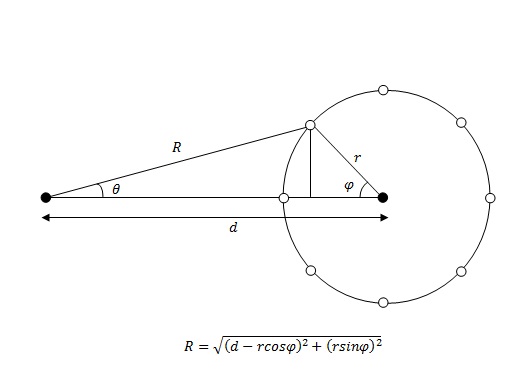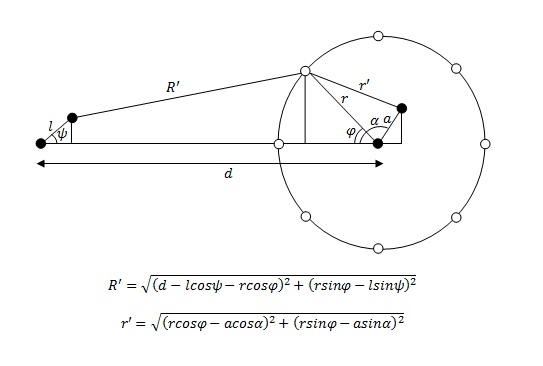When a wireless signal travels from a transmitter to a receiver it follows multiple paths. The signal may travel directly following the line of sight between the transmitter and receiver, it may bounce off the ground and reach the receiver or it may be reflected by multiple buildings on the way to the receiver. When these copies of the same signal arrive at the receiver they are delayed and attenuated based upon the path length that they have followed and various other factors.
A well known technique to model such a wireless channel is to model it as an FIR (Finite Impulse Response) filter. The wireless channel thus performs the convolution operation on the transmitted signal. The multipath profile of three well known LTE channel models is shown below.
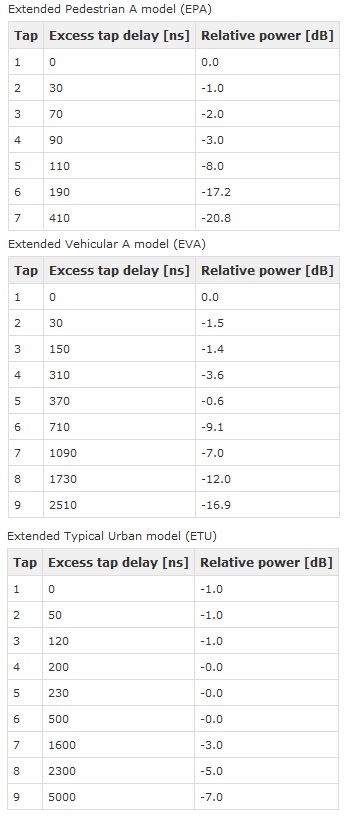
The channel profile quantifies the delays and relative powers of the multipath components. It can be observed that the EPA model has 7 multipath components whereas the EVA and ETU models have 9 multipath components each. However there is a small caveat here. The multipath components described in the above table are not uniformly spaced in the time domain. So if an FIR filter has to perform convolution operation on a signal uniformly sampled at 100 MHz (Ts=10 nsec) the number of filter taps would be much larger. To be exact the FIR filters corresponding to the above channel models would have 42, 252 and 501 filter taps respectively. Most of these taps would have no power so the FIR filter can be efficiently implemented in hardware.
Also, if the channel is time-varying as most wireless channels are, each filter tap can be modeled to have a Rayleigh or Ricean distribution with a mean value described in the table above. Lastly, the variation in the value of a channel tap from one sample to the next depends upon the Doppler frequency which in turn depends upon the speed of the mobile unit. Higher the velocity of a mobile unit higher would be the Doppler frequency and greater would be the variations in the channel. The Doppler frequency is defined as:
fd=v*cos(theta)/lambda
where
‘fd’ is the Doppler Frequency
‘v’ is the receiver velocity
‘lambda’ is the wavelength
and ‘theta’ is the angle between the direction of arrival of the signal and the direction of motion
The exact method of generating Rayleigh distributed channel co-efficients with the desired temporal correlation requires some more explanation and would be the subject of a future post.
Note:
1. The above multipath channel models have a maximum delay of 410 nsec, 2510 nsec and 5000 nsec which is well within the range of a long cyclic prefix of length 16.67 usec (16670 nsec). So the Intersymbol Interference (ISI) would not adversely effect the system performance.
2. If you are doing simulation of a system that operates on individual symbols then temporal correlation between channel co-efficients is not that important. But if the system operates on blocks of symbols or bits (as an interleaver or convolutional encoder does) then temporal correlation plays an important part in determining the system performance.

